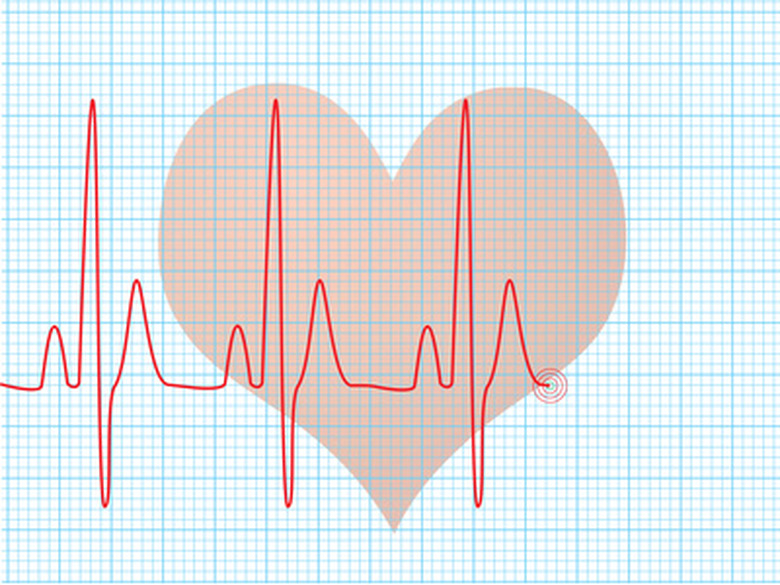How To Build A Heart For A Science Project
The human heart is an integral part of the body's normal functioning and is therefore an excellent subject for a science project. You can build a heart that is anatomically correct using simple materials and a diagram. The choice of appropriate material to build the model is up to you. Models made out of papier-mache, Styrofoam and modeling clay are all possible. Papier-mache, however, is the simplest of these building materials, and its use allows for accuracy.
Steps to Build a Model Heart
Step 1
Get an accurate diagram of the human heart. Many diagrams are available from the Internet or in biology textbooks. Study the diagram and learn the various parts.
Step 2
Decide on the level of detail you want. No matter what, your heart should have the important parts: the four chambers (left and right ventricles, left and right atria), the valves and the important blood vessels (aorta, vena cava, pulmonary artery and pulmonary veins). For more detail, study the differences in the details of these parts and add smaller blood vessels.
Step 3
Build the basic model. Mold the material into the proper shape (roughly pear-shaped) and size (for an accurate model, the heart is about the same size as a fist). Make sure the middle is mostly hollow to show the atria and ventricles.
Step 4
Mold the structures of the heart. Use ridges to show the septums that divide the heart's chambers and leave openings for the valves.
Step 5
Glue two small flaps of plastic over each of the valves. Attach one end of the flap to the septum and leave the other unattached. The two flaps should meet at the middle when closed.
Step 6
Add the veins and arteries to the heart. Make sure all are in the correct locations and that the blood vessels have open entries into the central heart.
Step 7
Paint your model. You can use images of the heart to paint the organ in its natural colors, or you can use more schematic colors to highlight the different parts.
Things Needed
- Papier-mache material
- Water
- Heart diagram
- Glue
- Small pieces of plastic
TL;DR (Too Long; Didn't Read)
While you could model the outside of a heart, the inside is more scientifically important, and you should build a cut-away, open model of the heart for that reason. Build the heart larger-than-life to show more details. A model that is the actual size of the heart cannot show as much detail easily.
Warning
You cannot use this heart model to show the pumping action of the heart. Adding liquids to the model will destroy it.
References
Cite This Article
MLA
Brown, Laurel. "How To Build A Heart For A Science Project" sciencing.com, https://www.sciencing.com/build-heart-science-project-5556658/. 24 April 2017.
APA
Brown, Laurel. (2017, April 24). How To Build A Heart For A Science Project. sciencing.com. Retrieved from https://www.sciencing.com/build-heart-science-project-5556658/
Chicago
Brown, Laurel. How To Build A Heart For A Science Project last modified August 30, 2022. https://www.sciencing.com/build-heart-science-project-5556658/
